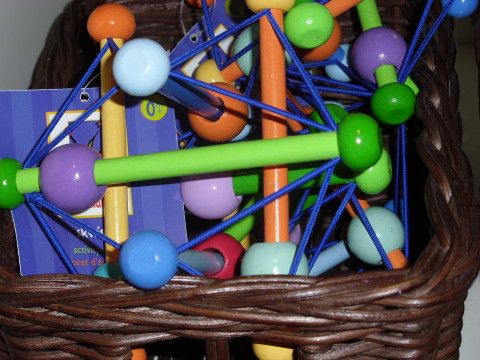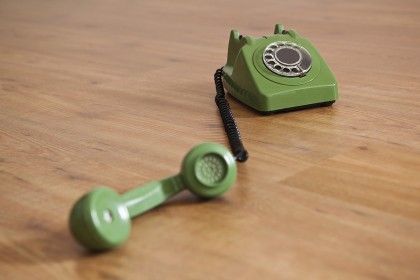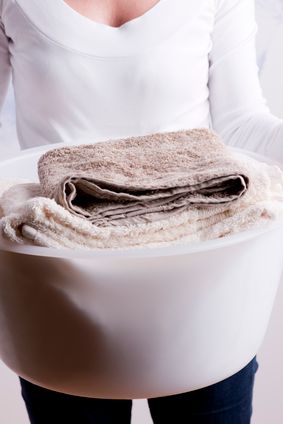The Link Between Dementia and Hoarding Behavior
In this blog post, Anna shares her experiences caring for her mother with Alzheimer's dementia and the challenges of managing hoarding behavior. Read on to learn more about the genetic component of hoarding and tips for finding balance as a caregiver.

Anna of Lodi, Calif writes in about a mom with Alzheimer's dementia and hoarding behaviors.
I saw things with my mom now at 87 years old. When I was 11, she would save cash receipts from the food for end of the year taxes.
She never used them ,there would bags of them in the closets . She would buy more fabric then she needed.
Out of her 9 children, 6 are having problems with hoarding behavior. I have spent 6 months clearing papers and trash out of her house to sell it.
Most of the work by my self no help from my sisters or brothers. The work has been so hard.
I will want to save something so I don't forget something about her. She saved her tax papers since 1973 in files , check stubs, boxes of papers, so much just junk.
She had to go in a Nursing home 9 months ago because she wasn't eating or paying bills.
Alzheimer's dementia was a for sure thing going on with her.
I had to get her out before I could start.I am seeking help for my self. My life will be changing.
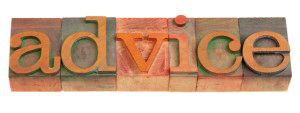
Oh, Anna
My heart goes out to you. Having a parent with Alzheimer's dementia is so hard. Dealing with hoarding behaviors is even more difficult. It sounds as if she had gotten into the later stages of dementia. Hoarding behavior is a problem with dementia patients, especially if it has been a lifestyle.
Caring for a family member that hoards is very difficult. This is a problem that is far more common than most people realize.
You said that your mom collected papers. That is the most common form of hoarding behavior.
You also brought up an important fact - that 6 of your 9 siblings are hoarders. Scientists now believe that there is a genetic component or a gene that may cause individuals to hoard things.
I do not know how far along in her illness our mother is, but do not be surprised if she continues to try to hoard things in the nursing home. It is a habit she will not be able to break.
As you start on your new journey from hands on caregiver to advocate, you too will have some adjustments.
Make sure you take time for yourself. Do something fun. Try to find balance in your life. Let us know how you are doing. I want to make you aware of that there is a connection between hoarding behavior and dementia.

The Connection Between Hoarding Behavior and Dementia
Hoarding is a behavior that often appears in individuals with Alzheimer's and other forms of dementia, such as frontotemporal dementia. These individuals tend to gather and stockpile various items, refusing to let go of useless papers or storing excessive amounts of food that eventually rots. Hoarding can also include constant rummaging through belongings, which can be soothing, leading to a desire to collect even more items.
What Stage Does Hoarding Behavior Occur?
Hoarding typically occurs during the early and middle stages of Alzheimer's disease. It can be a response to feelings of isolation or loss of control over memory function, friendships, or one's meaningful role in life. While there may be similarities between individuals with dementia and those on the television show Hoarders, people with dementia often hoard out of anxiety and the need to maintain a sense of comfort and security.
Individuals with Alzheimer's often hide the items they hoard, forget where they put them, and may even accuse others of taking them. This behavior can be accompanied by delusions of others trying to steal their belongings. Hoarding can also escalate in individuals with dementia who already had a tendency to collect items throughout their lifetime. This behavior becomes more uncontrollable as dementia impairs their impulse control.
Commonly hoarded items include food, garbage, plastic bags, old clothes, and papers.
Safety Concerns with Hoarding Behavior and Dementia
Hoarding in dementia can raise concerns due to safety and quality of life issues. Tripping hazards may be present in the home, and improper food storage can attract pests or be unsafe to consume. Lost items can cause significant distress for individuals with dementia, and important bills may go unpaid as they get lost among piles of papers.
Addressing Hoarding Behavior with Dementia
When addressing hoarding in dementia, it's important not to try and clean everything out at once. Instead, focus on reorganizing and clearing paths to reduce the risk of tripping. Designate a specific drawer for special belongings to help individuals remember where to put them. When removing items such as rotten food, do so discreetly to avoid increasing anxiety.
Logic and persuasion are often ineffective when trying to convince someone with dementia to change their hoarding behavior, so it's essential to approach them with compassion and understanding. Differentiate between hoarding that poses a risk to the person's well-being and hoarding that may just bother or embarrass others, and be flexible when possible in providing care for those with dementia.
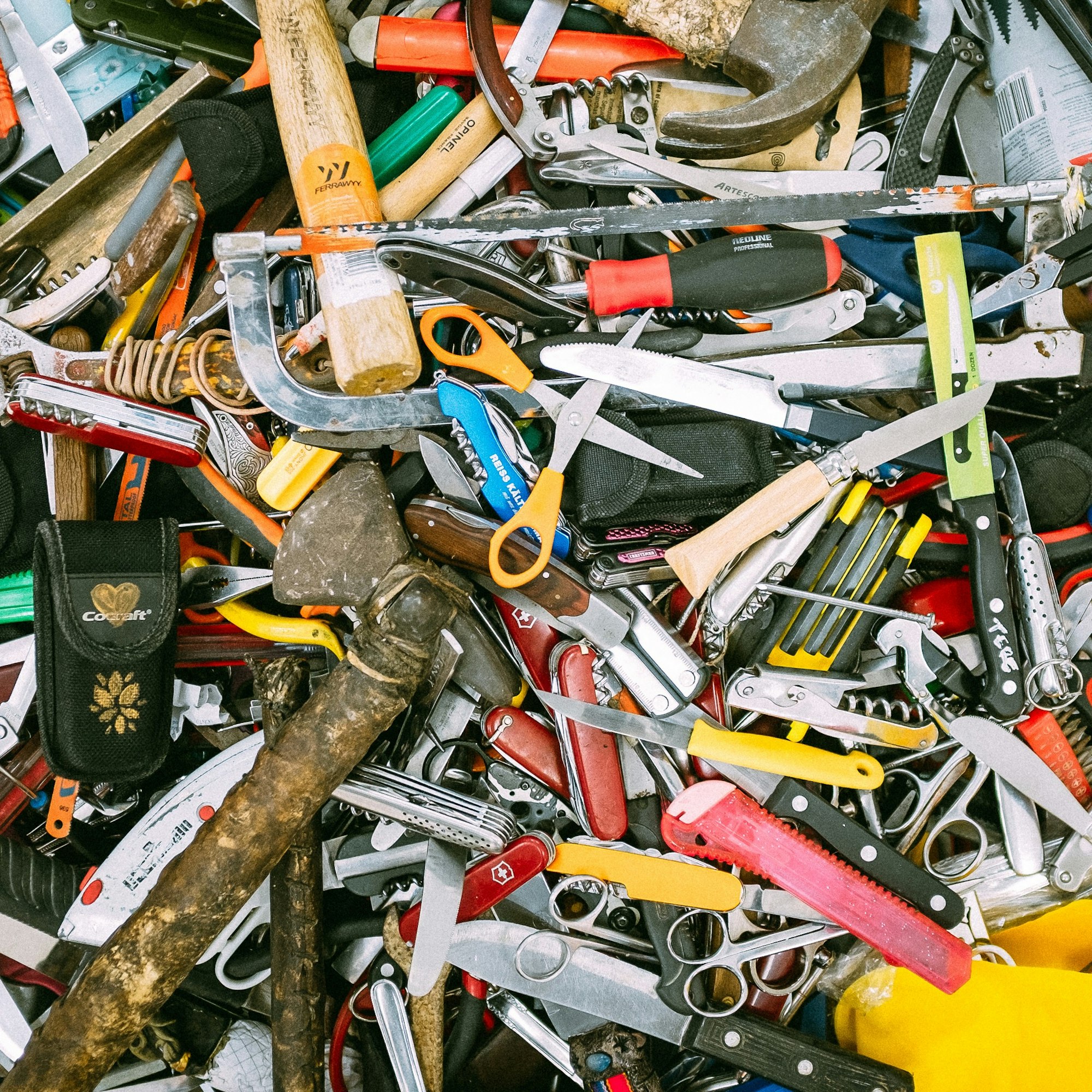
Causes of Hoarding or Hiding: Understanding and Addressing the Behavior
There are various reasons why your loved one may hoard or hide things:
It provides them with a sense of security.
It helps them cope with memory loss and the inability to do certain activities.
They believe someone is trying to steal their belongings.
They worry about having enough food for later.
They feel bored.
They often forget where they put things.
Hoarding may be a lifelong habit exacerbated by Alzheimer's disease.
To effectively address this behavior, it is crucial to comprehend the underlying reasons behind it. If attempts to declutter or remove items lead to distress, it may be best to accept the behavior rather than forcing change.
Recognizing When to Take Action: Ensuring Safety and Accessibility
It becomes necessary to intervene when specific conditions pose risks:
Bathrooms or beds are so cluttered that they become unusable.
Clutter obstructs movement within the home, increasing the likelihood of falls.
Paper or clutter is close to heat sources, such as radiators, stoves, or electrical appliances.
Sharp objects, like knives, forks, or glass, are present in the clutter.
Rotting food or garbage is kept or hidden in the home.
The number of pets exceeds their manageable capacity.
Prioritize addressing the most dangerous aspects first, such as removing items that can catch fire and are near heat sources. Then, tackle clutter that hinders movement, particularly if it blocks walkways and stairs. Subsequently, remove sharp objects, discard rotten food or garbage, and ensure easy access to snacks. Verify that functioning smoke and carbon monoxide detectors are in place. Promptly remove clutter from the home to prevent your loved one from retrieving discarded items.
It is important to note that individuals who hoard may exhibit emotional outbursts when their belongings are thrown away. If your loved one becomes upset by these changes, try to declutter when they are not present. They may benefit from consulting a mental health professional who specializes in working with older adults.
If your loved one is willing, you can attempt to organize the clutter into bins. Allow them to decide which items to part with, taking away only what they are comfortable with. Avoid rushing them through this process. They may be more open to letting go of things if you explain the reason, such as donating to charity or giving items to family members. Encourage them to reduce the quantity of each item they keep, such as limiting newspapers to one at a time instead of accumulating a month's worth. Help them organize their belongings and label drawers and cabinets for easy retrieval.
For individuals who tend to hide or misplace things, identify their common hiding spots. Secure closets and cabinets to minimize possible hiding places. Check the wastebasket before emptying it. Safeguard valuable items like cash, jewelry, and important documents in a secure or locked location. Additionally, consider keeping duplicates of items like glasses, keys, hearing aids, phones, and remotes for added convenience.
Our Resource section can help you find the information and tools that you need. We have courses, videos, checklists, guidebooks, cheat sheets, how-to guides and more.
You can get started by clicking on the link below. We know that taking care of a loved one is hard work, but with our help you can get the support that you need.
Click here to go to Resource Section now!
You might also like this article:

